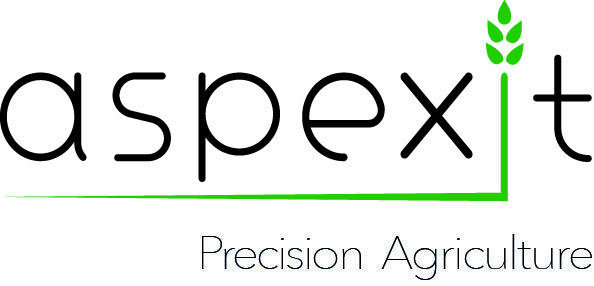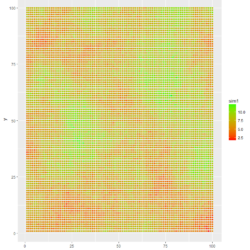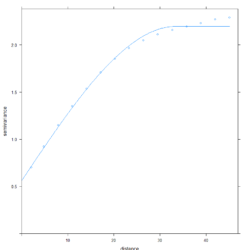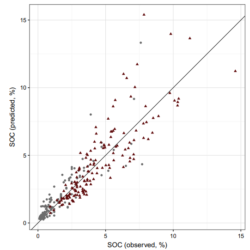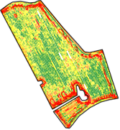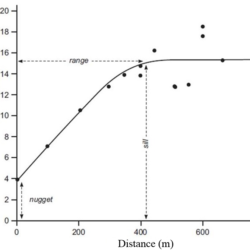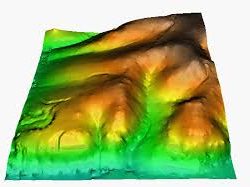Simulating spatial datasets with known spatial variability
The simulation of fields with varying spatial structures is an interesting strategy when it comes to testing or evaluating a specific processing method. The main advantage of simulations is that one is able to control the data distribution within the field so that the context under which the processing method is applied is well-known. For instance, one might Read more about Simulating spatial datasets with known spatial variability[…]
